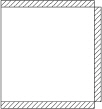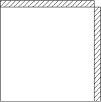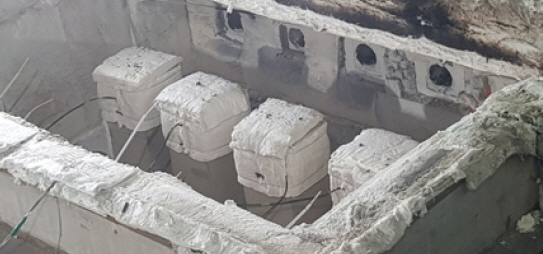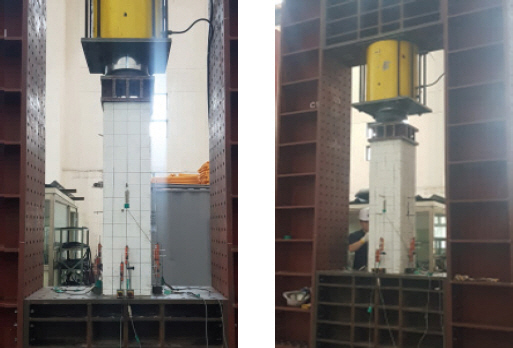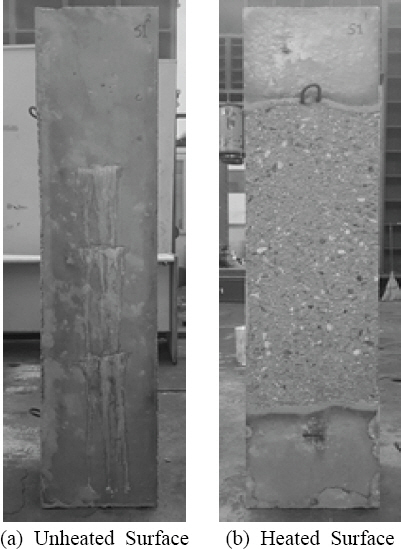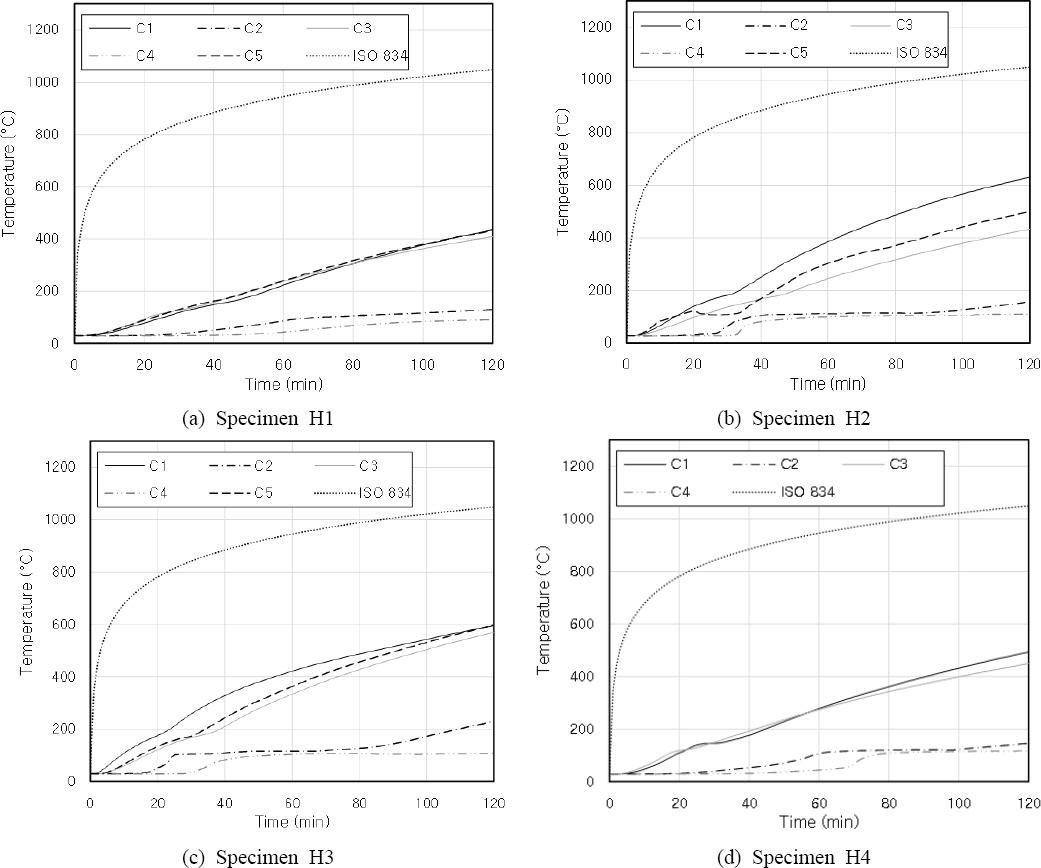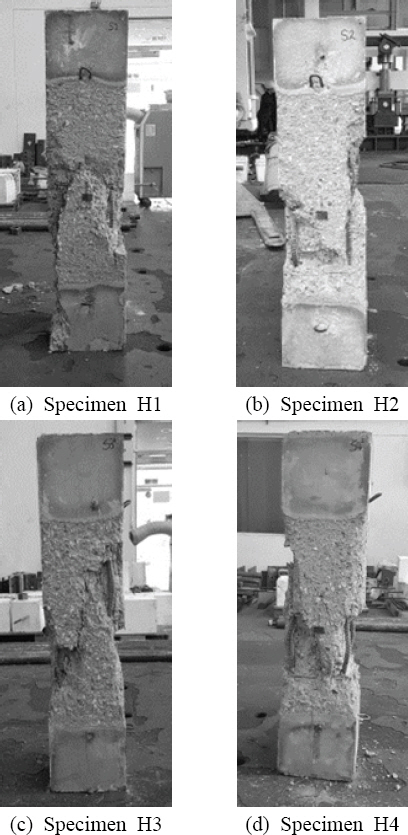Annerel, E, and Taerwe, L (2007) Approaches for the assessment of the residual strength of concrete exposed to fire. Proceedings of the International Workshop “Fire Design of Concrete Structures - From Materials Modelling to Structural Performance”.
University of Coimbra, Portugal, pp. 489-500.

Annerel, E, and Taerwe, L (2009) Revealing the temperature history in concrete after fire exposure by microscopic analysis.
Cement and Concrete Research, Vol. 39, No. 12, pp. 1239-1249.

Chen, Y.H, Chang, Y.F, Yao, G.C, and Sheu, M.S (2009) Experimental research on post-fire behaviour of reinforced concrete columns.
Fire Safety Journal, Vol. 44, No. 5, pp. 741-748.

Choe, G, Kim, G, Gucunski, N, and Lee, S (2015) Evaluation of the mechanical properties of 200 MPa ultra-high-strength concrete at elevated temperatures and residual strength of column.
Construction and Building Materials, Vol. 86, pp. 159-168.

Han, C.G, Han, M.C, and Heo, Y.S (2009) Improvement of residual compressive strength and spalling resistance of high-strength RC columns subjected to fire.
Construction and Building Materials, Vol. 23, No. 1, pp. 107-116.

Jau, W.C, and Huang, K.L (2008) A study of reinforced concrete corner columns after fire.
Cement and Concrete Composites, Vol. 30, No. 7, pp. 622-638.

Khoury, G.A (2003). Passive fire protection in tunnels.
Concrete. The Concrete Society (United Kingdom), Vol. 37: No. 2, p 31-36.

Khoury, G.A (2008) Passive fire protection of concrete structures.
Proceedings of the Institution of Civil Engineers - Structures and Buildings, Vol. 161, No. 3, pp. 135-145.

Klingsch, E.W (2014). Explosive spalling of concrete in fire.
Bericht IBK. Vol. 356: Institut für Baustatik und Konstruktion der ETH Zürich.

Kodur, V.K.R, Wang, T.C, and Cheng, F.P (2004) Predicting the fire resistance behaviour of high strength concrete columns.
Cement and Concrete Composites, Vol. 26, No. 2, pp. 141-153.

Li, X, Wang, J, Bao, Y, and Chen, G (2017) Cyclic behavior of damaged reinforced concrete columns repaired with high-performance fiber-reinforced cementitious composite.
Engineering Structures, Vol. 136, pp. 26-35.

Ryu, E (2020) Post-fire structural performance of high strength concrete walls and columns.
Ph.D. dissertation, Ewha Womans University, Korea.

Shah, A.H, and Sharma, U.K (2017) Fire resistance and spalling performance of confined concrete columns.
Construction and Building Materials, Vol. 156, pp. 161-174.

Xing, Z, Beaucour, A.L, Hebert, R, Noumowe, A, and Ledesert, B (2011) Influence of the nature of aggregates on the behaviour of concrete subjected to elevated temperature.
Cement and Concrete Research, Vol. 41, No. 4, pp. 392-402.

Yaqub, M, and Bailey, C.G (2011) Repair of fire damaged circular reinforced concrete columns with FRP composites.
Construction and Building Materials, Vol. 25, No. 1, pp. 359-370.





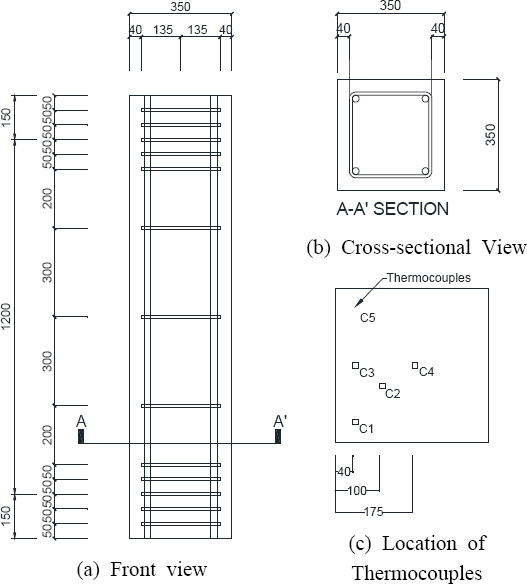
 )
)